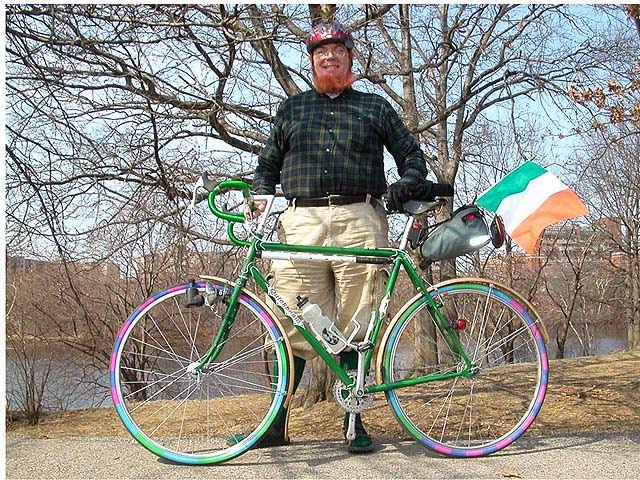Many people ride their bicycles to work for the first time on the first day of Spring--or, at least, the first day with Spring-like weather.
Somehow, though, I don't think the ride Marc Boudreau filmed today was his first bike commute.
Somehow, though, I don't think the ride Marc Boudreau filmed today was his first bike commute.
The twelve-minute spin takes him from his home to his office in Victoria, British Colombia (Canada).












